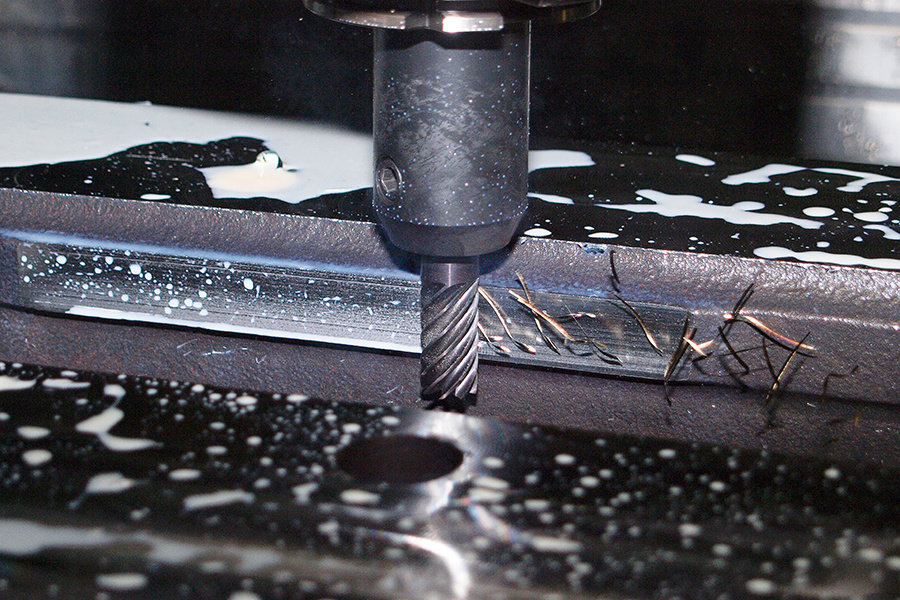Cemented Carbide Inserts One-Stop Service
What are the types of holemaking tools?
Hole making tools can be divided into drilling tools, boring tools, reaming tools and reaming tools.
(1) There are many drilling tools, mainly ordinary twist drills, indexable shallow hole drills and flat drills. Drilling with a machining center usually uses an ordinary twist drill, which is mainly composed of a working part and a shank. There are two types of tool shanks: straight shank and taper shank. The shank of the straight shank tool is mainly the chuck chuck, which has the advantages of automatic centering and automatic elimination of yaw, so it is better to choose this type of tool for small specifications. And the working part comprises a cutting part and a guide part, and the cutting part of the twist drill has 2 main cutting edges, 2 auxiliary cutting edges, and 1 transverse edge. The guide part of the twist drill plays the role of guiding, polishing and chip removal and conveying cutting fluid. Twist drill is generally used for rough machining of lower precision holes, because the fixture used in the machining center does not have a drill sleeve centering guide, the drill bit is prone to deflection movement when high-speed rotary cutting, and the cross blade of the drill bit is long, so when drilling, the center hole should be drilled with the center to correct the drill bit.
(2) The main feature of boring is to obtain the exact position size of the hole, and obtain the roundness, cylindricity and surface roughness of high precision, so the hole with high precision can be guaranteed by boring cutter. Boring cutter can be divided into single-edge boring cutter and double-edge boring cutter according to the number of cutting edges, and boring through-holes, blind holes, and stepped holes can be completed by single-edge boring cutters; When machining large diameter holes, double-edged boring tools can be used. In addition, there is a kind of fine-tuning boring cutter, and the fine-tuning boring cutter is selected more to carry out the fine boring of the hole on the machining center at present, and this boring cutter is convenient to adjust and has high precision.
(3) The machining center mostly uses a reaming drill to ream, and there are also reaming knives for reaming, such as when the reaming diameter is small, a straight-shank reamer can be selected; When the reaming diameter is medium, a tapered handle reamer can be selected; When the reaming diameter is large, a sleeve reamer can be used. In addition, keyway milling cutters or end mills can be used for reaming, which can be used for controlled machining accuracy than ordinary reaming drills. Because the end mill has cutting edges on the cylindrical surface and end face, it can be cut at the same time or separately, and the tool of the machining center can be fed both axially and laterally like a horizontal milling machine. Therefore, the machining center uses spiral interpolation instructions and an end mill to ream, and only one tool can be used to complete the machining of multiple different hole diameters.
(4) Reaming is generally used for finishing holes with a diameter of less than Φ25mm in the later stage of processing. Because the reaming has a large number of teeth, good guidance, shallow chip groove and good rigidity, the dimensional accuracy of the hole after processing can reach IT7~IT9 level, and the surface roughness can reach Ra1.6~0.8μm. There are three types of common standard reamers: straight shank, taper shank and sleeve type. The diameter of the small hole straight handle reamer is 16mm, the diameter of the straight handle is 6~20mm, the diameter of the taper handle reamer is 10~32mm, and the diameter of the sleeve reamer is 25~80mm.
Recommended
What are the uses of milling cutters?


